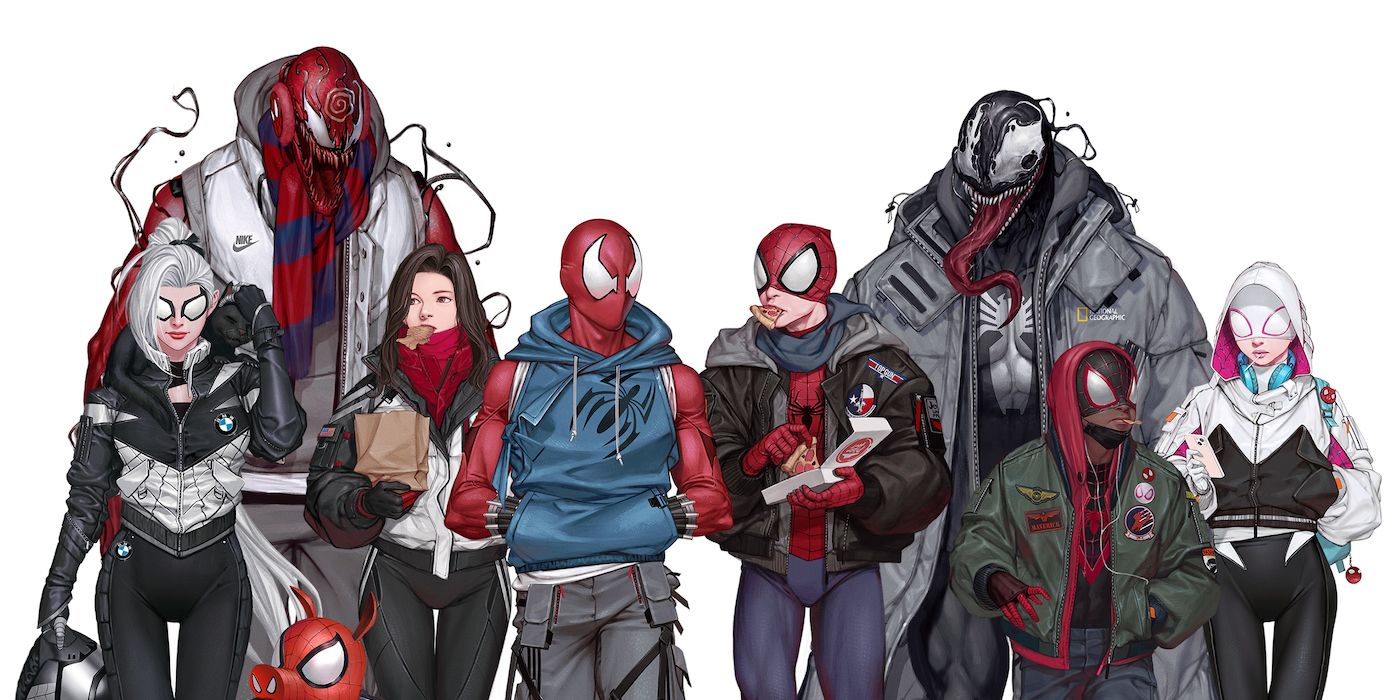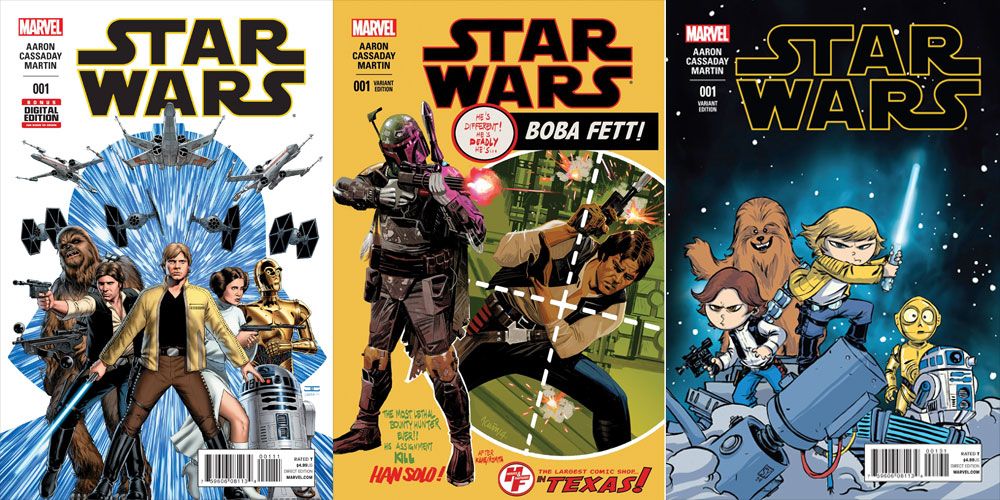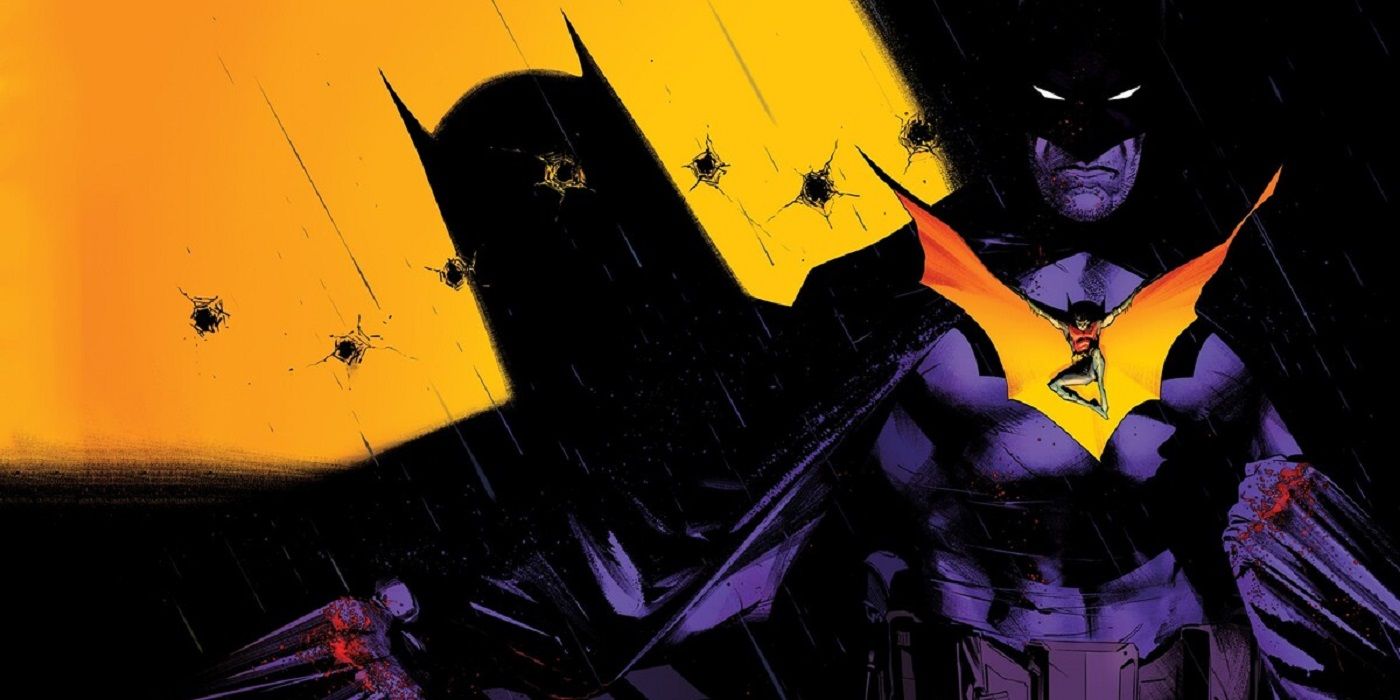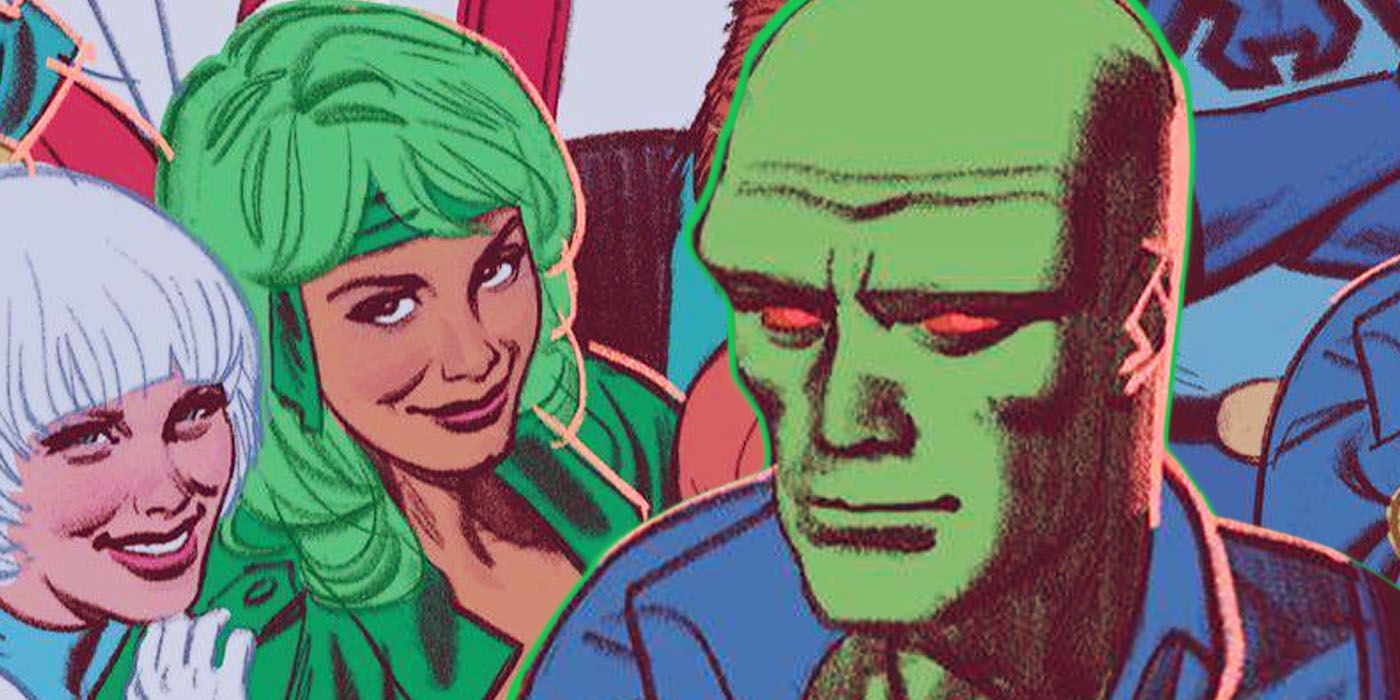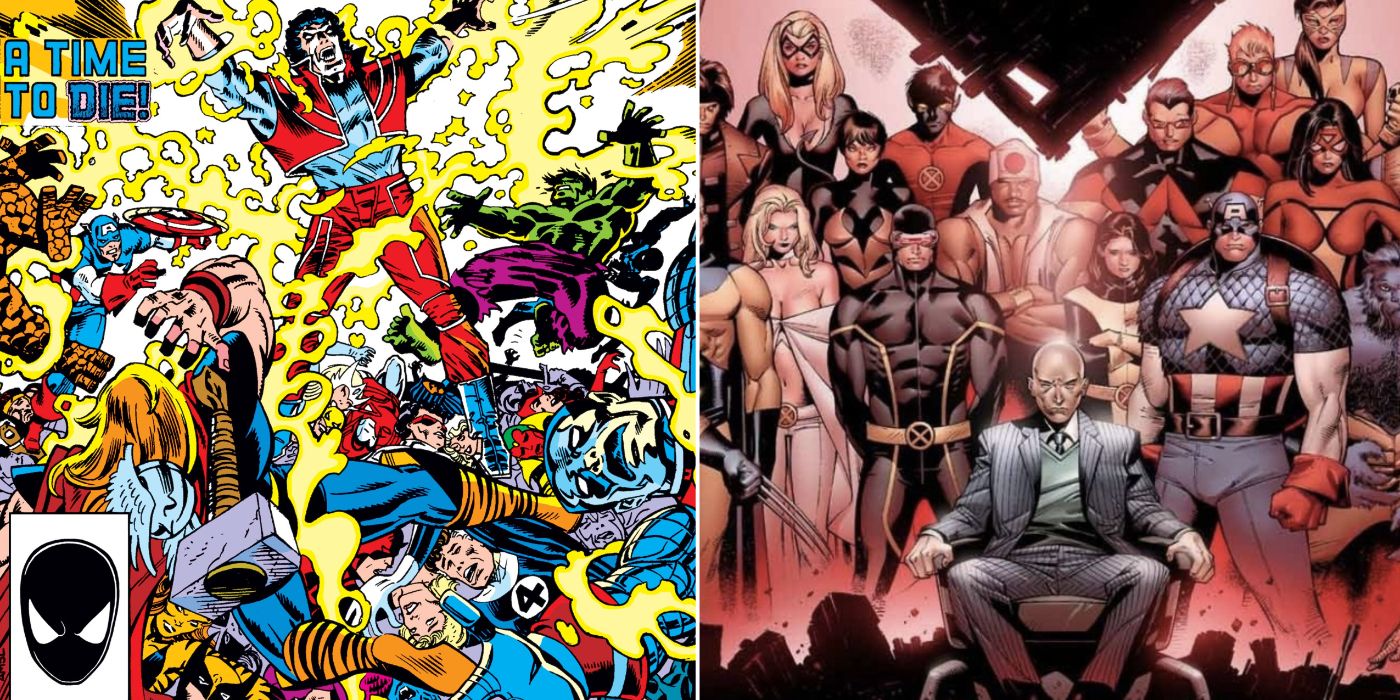Comic books have always been subject to varying trends, norms and tropes that have defined each different era in a certain way. This has ranged from the wacky storytelling of the Silver Age to the more serious stories of the Bronze Age that tried to connect comics to real life. Each trend has its heyday and its place in the industry, but there are some current ones that have definitely outstayed their welcome.
These trends may appeal to some readers and even have short-term gains for the industry, but they're far from healthy for the medium. Ranging from cash grabs to tired plot devices, these trends should be abandoned as soon as possible, so the industry can move on to something better. None of these trends are omnipresent nor are they all innately bad - but that doesn't mean they don't have their drawbacks.
10 Some Comic Books Are Clearly Written To Be TV Shows And Movies
In the 1970s and 80s, Stan Lee was aggressively pushing to take Marvel to Hollywood, especially in the wake of successes like Superman. However, few could have imagined at the time that the focus on getting IP turned into movies could be bad for the comic industry.
Now, with streaming services like Netflix having some success adapting comic books into movies, everyone is trying to get in on it - especially indies. The problem here is that the comics themselves don't make full use of the medium. They can feel restrained and muted, not living up to the potential the medium allows.
9 Decompression Is Ok, But Comic Readers Still Like Shorter Arcs
In the earliest days of comic books, almost all issues and stories would be short and self-contained. There was still an ongoing narrative between books, but there was a goal to make the series as accessible to new readers as possible. As many creators have noted, any comic can be a fan's first comic.
Current comics, however, have a tendency to have story arcs that can last too long, making it a daunting task for new readers to jump in. Some series absolutely work better with long-form storytelling, but it can also be a curse for comics sales overall, leaving some issues feeling like pure filler.
8 The Comic Industry Has Seen Its Genres Whittled Away
Comics once boasted a wide range of genres, each of which were successful in their own right. Slice of life, adventure, horror, comedy and superhero comics. Even war stories had active series going, which is where the likes of Sgt. Rock had their origins.
In modern comics, there are fewer dedicated genre comics than ever. War comics are basically non-existent. Fantasy has been incredibly diminished over the years and horror has been watered down. Key to a thriving industry is good representation and use of genres, which is currently lacking.
7 The Shrinkage Of Ongoing Books Leaves Little To Invest In
There was once a time in the big two when anyone from Dazzler and Howard the Duck to Animal Man and Kamandi could sustain an ongoing series. An ongoing series is key to long-term retention of customers as well as building up the value of a character.
It's unclear as to how receptive the market is to these ongoings since the big two rarely cut back their entire publishing line for fans to afford a new ongoing. Rather, new ongoings have to compete with a crowd of A-list ongoings and frequent miniseries, rarely giving them a chance to thrive.
6 The Multiverse Is Fun, But There Can Be Too Much Of A Good Thing
The multiverse is easily one of the coolest ideas ever conceived in comic books. It allows readers to enjoy alternate takes on their favorite heroes and see how their stories might play out if events had gone differently. However, it feels more like a gimmick now than ever.
The big two used to have an easy fix for containing the multiverse. Marvel had What If? and DC their Elseworlds imprint. In recent years, the lines between worlds have become increasingly blurred, and the multiverse doesn't have the weight it once did. The impression has been created that the multiverse can solve all problems.
5 It's Time To Admit The Superhero Families Are Too Big
One of the worst things about new characters in recent comics has been how bloated superhero teams can feel. This is especially true of superhero "families." While some of these families work best when they're big, others make absolutely no sense.
For example, Batman was once thought of as the solitary, brooding hero yet now boasts the biggest family in comics. The main issue with these families is that titles meant to focus on a specific character can make that hero feel more like a guest star in their own book. Legacy heroes are great, but solo books are better.
4 There's No Good Reason Any Comic Should Have Dozens Of Variant Covers
Fans understand the point of the variant scheme and even like it when they can get a rare cover drawn by their favorite artist. But the industry has misused the system too much, with some comic books having more than 50 variant covers on a single issue.
Most disappointingly of all is that it can feel like the publishers are intentionally creating scarcity on the best cover artists, making their work less accessible. Variants have their place in the comic book world but when it's impossible to collect every variant for a single issue, something is wrong.
3 Fans Miss A World That Wasn't Quite So Batman-Centric
Nobody in comics would deny that Batman is a sales powerhouse. However, the Modern Age of comics has seen DC become more about Batman than everything else combined. Whether its Batman himself, Nightwing, the various Robins or even Alfred, the world of Gotham is everywhere in DC.
Indeed, the fixation on Batman can become a self-fulfilling prophecy. If the publishing schedule is crowded with Bat-books, it's difficult for other characters to achieve the status that Batman has built up. The added problem is that DC have a tendency to put their star talent on only major characters - further compounding the issue.
2 Deconstruction Stories Have Long Outstayed Their Welcome
One of the most tired and longest running trends in modern comic books has been deconstruction. The trope was mastered by Alan Moore throughout his comics career. The idea of the trope is to amplify the flaws of the world in order to destroy the more picturesque image readers had of it.
However, the whole point of comics is to give readers a fun, fantastical story. Characters like Superman and Spider-Man exist almost exclusively to serve as a symbol of hope. Considering how much of comics' historic success is built on young readers, deconstruction just doesn't work when commonly used.
1 Too Many Comic Events Will Turn Away Many Readers
Fans understand that a good event can be a great thing for a comic book company's profits. However, they also wish the companies would understand the effect it can have on readers - and their wallets. With so many tie-ins, crossovers, alpha and omega issues, it can be hard to keep up.
The strength of comic books is its ongoing legacy, and the companies have shown this in their legacy numbering of longstanding series. In fact, some series that only ran a few years were steeped in events and crossovers and never had a chance to stand on their own merits.

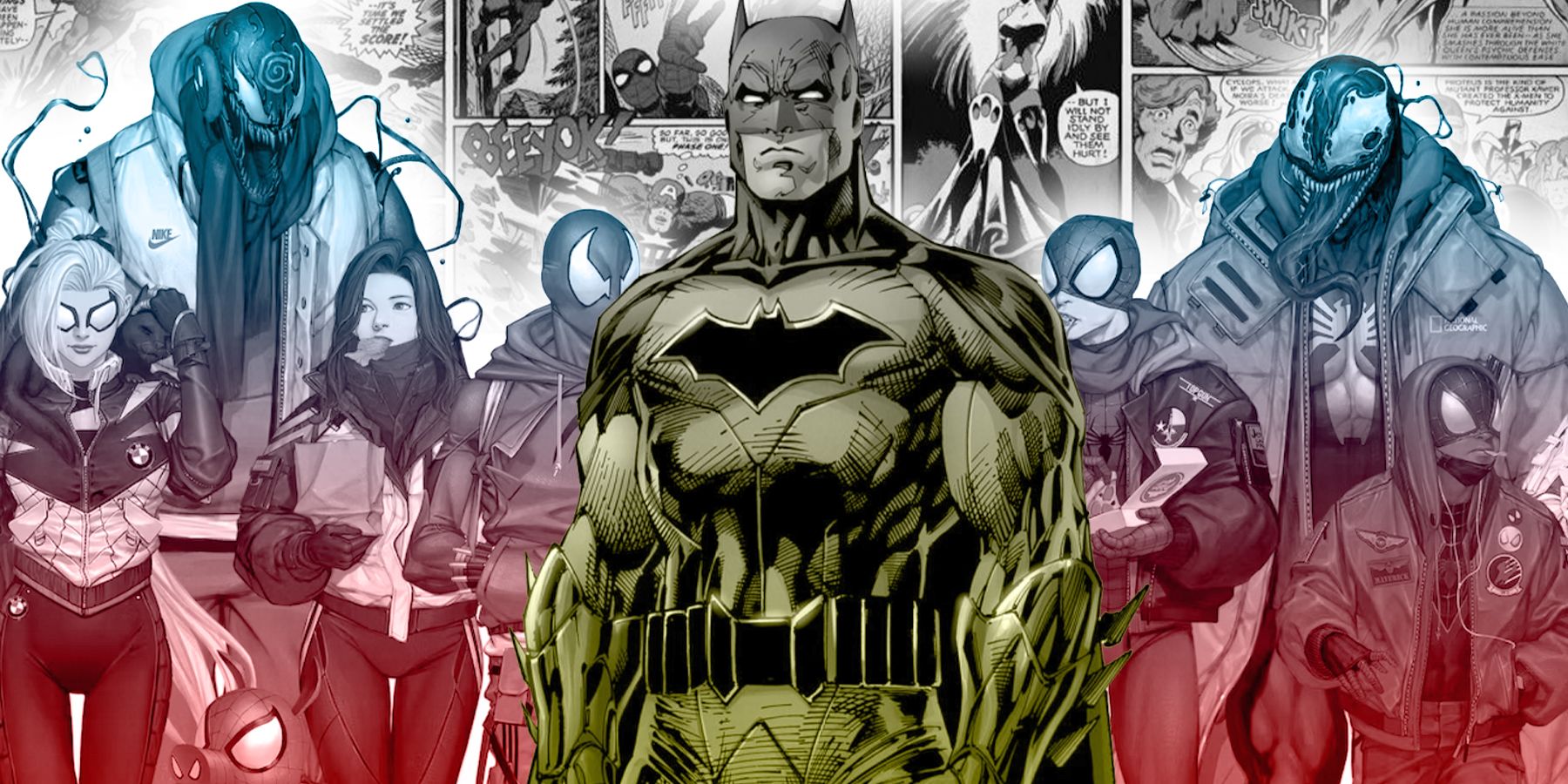
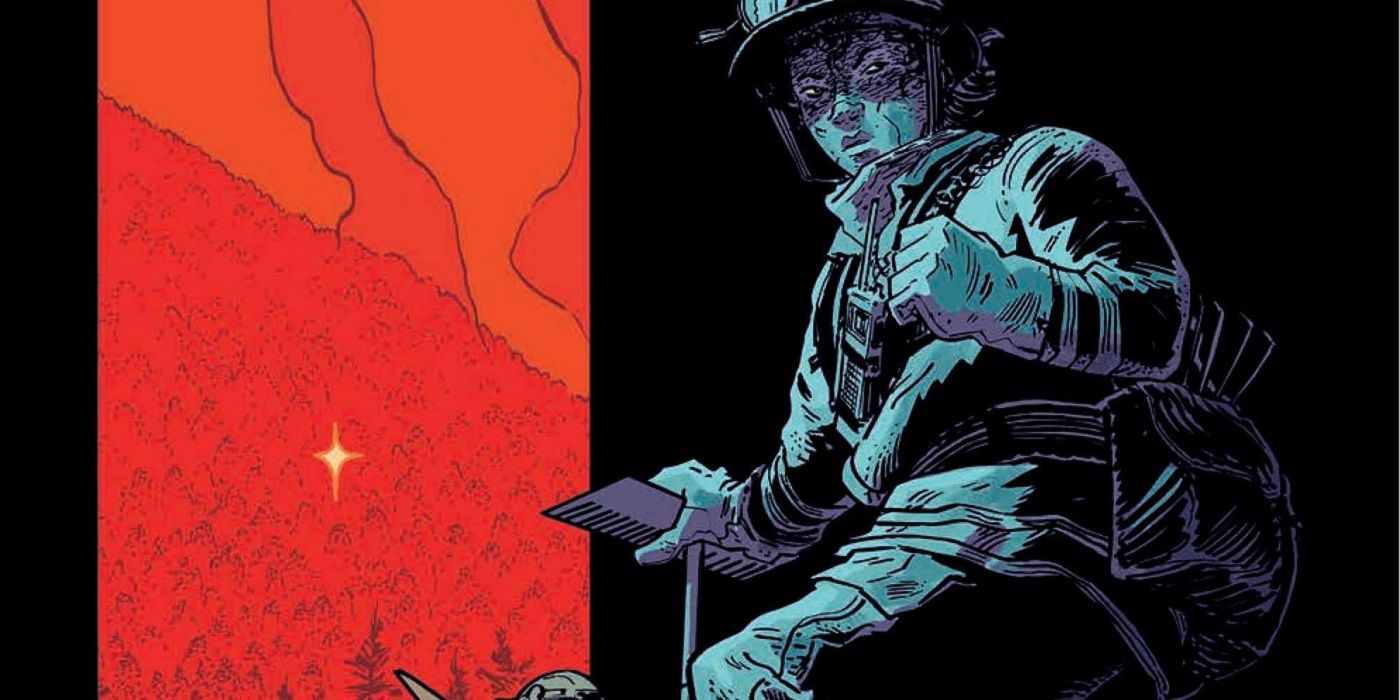
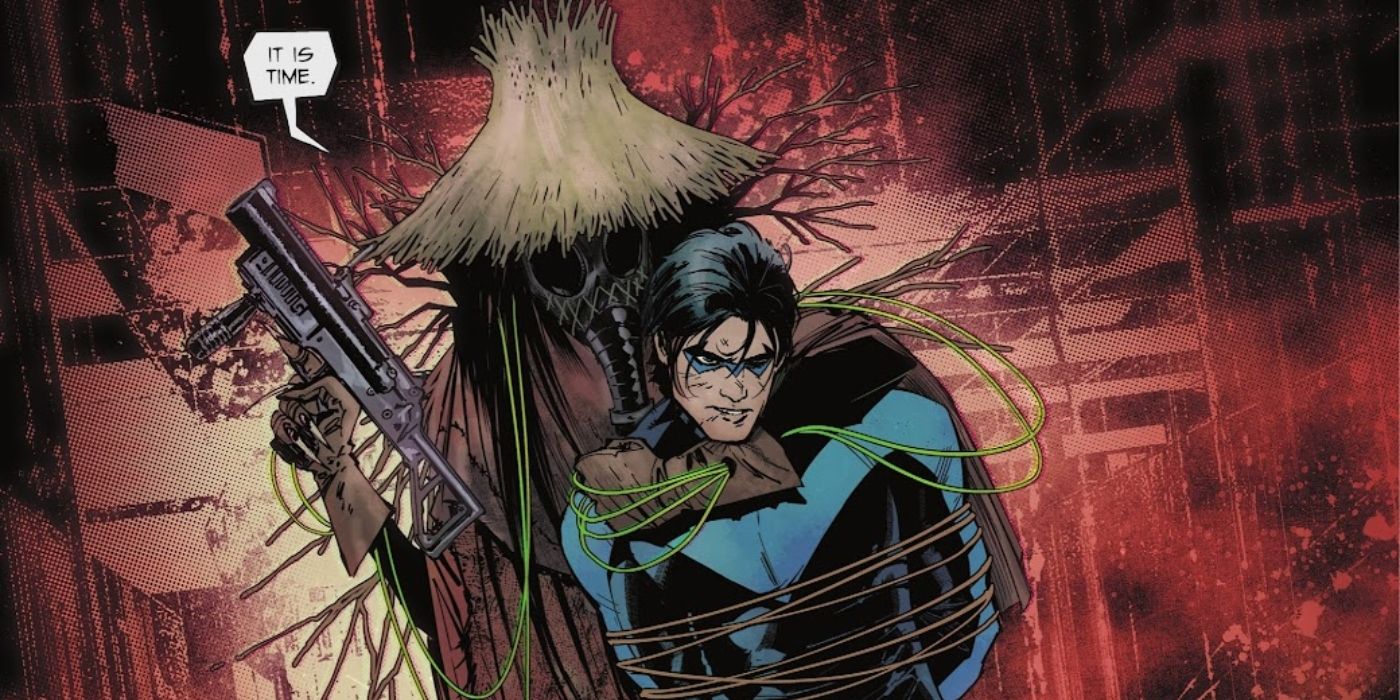
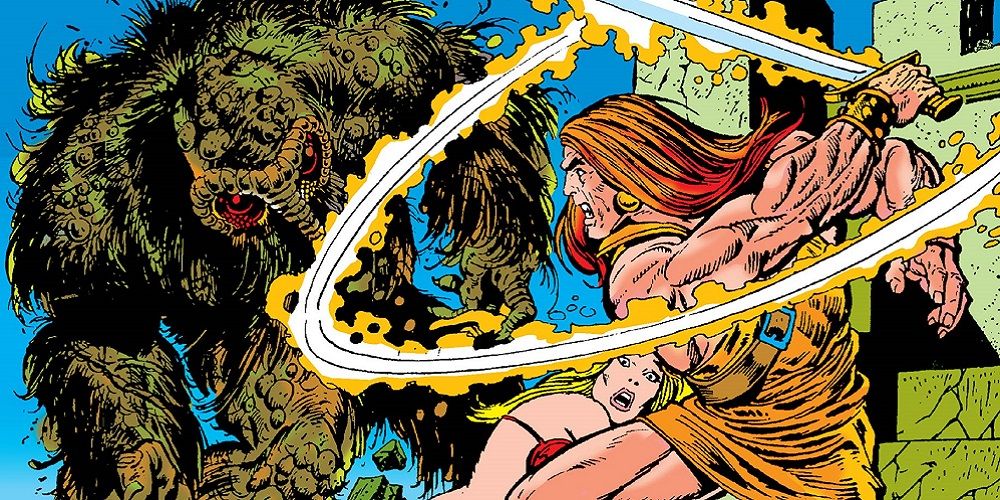
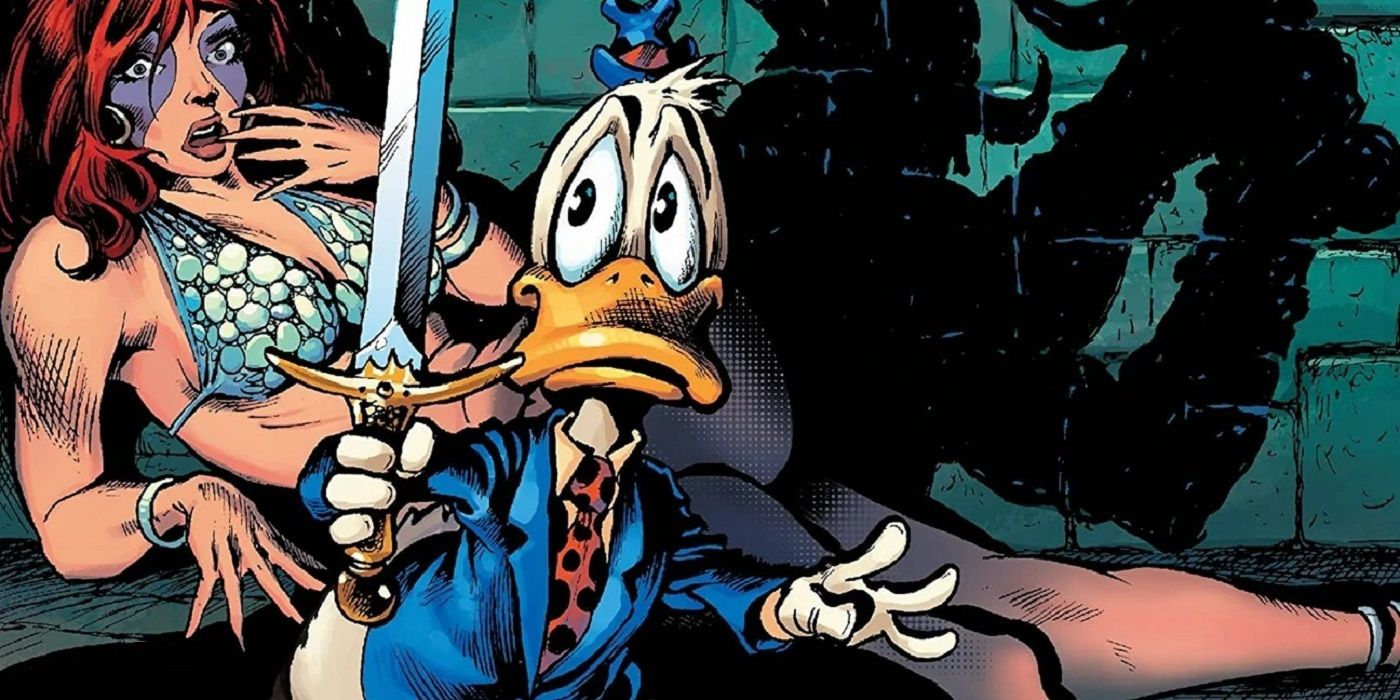
-Cropped.jpg)
